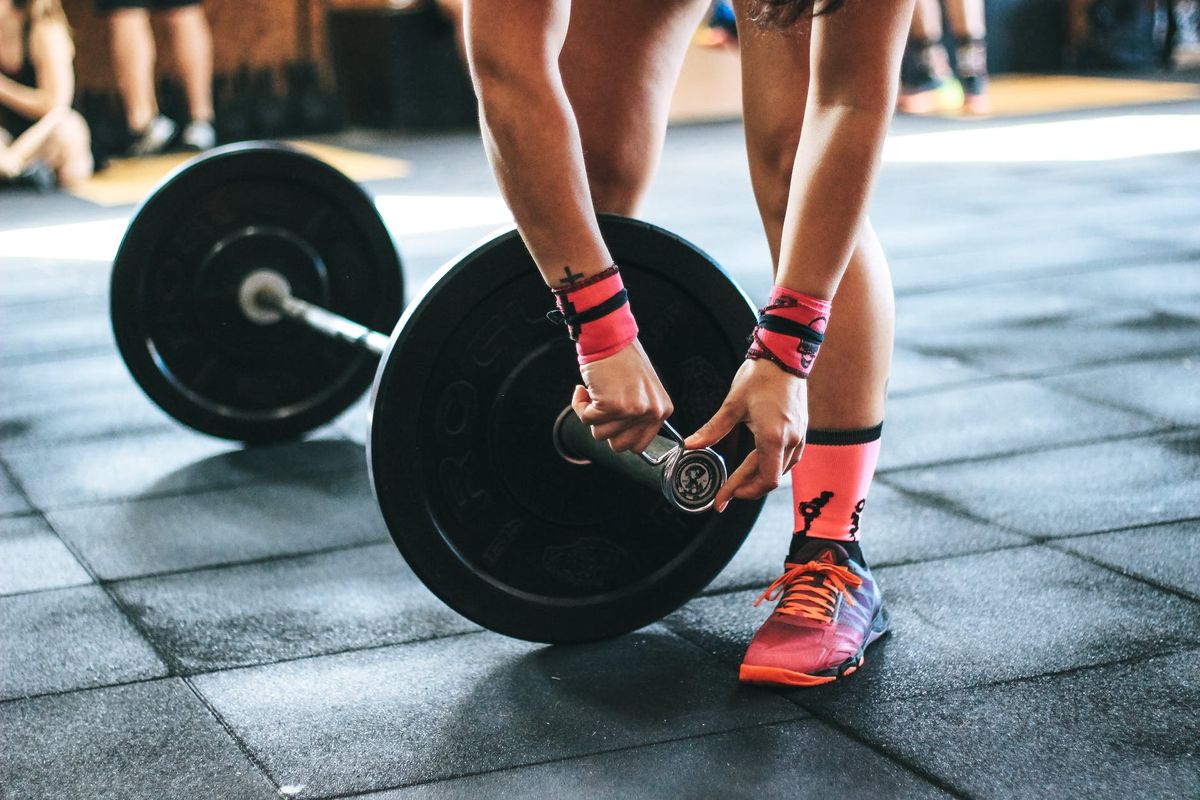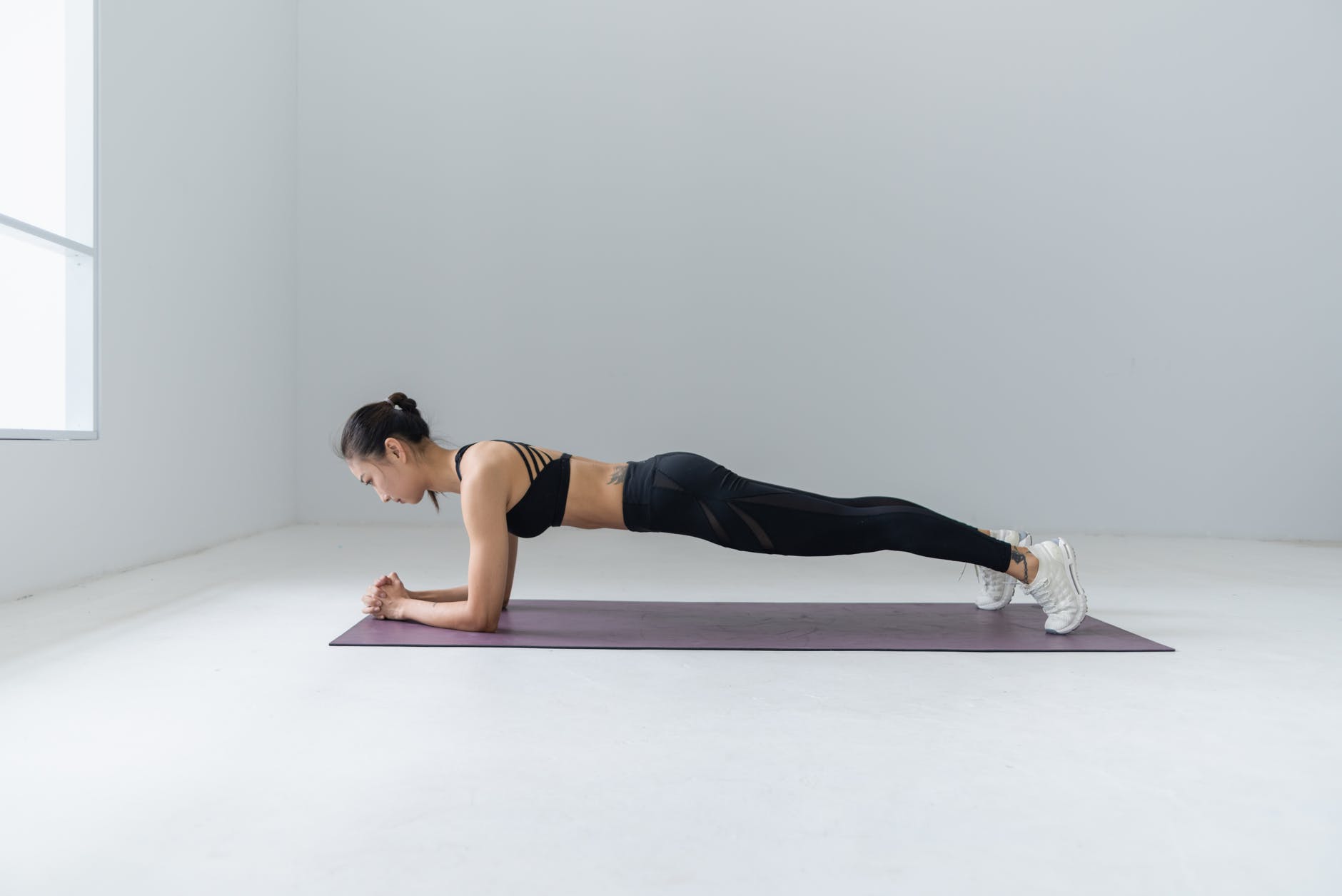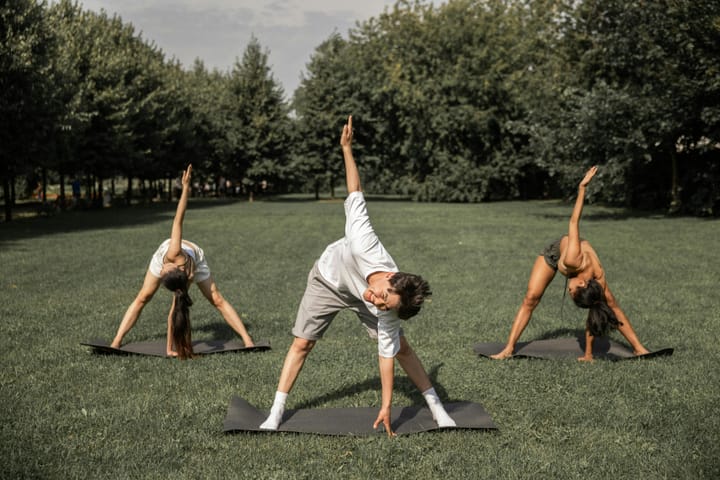Calisthenics vs weights: which one is better for muscle growth?

A few minutes every morning is all you need.
Stay up to date on the world's Headlines and Human Stories. It's fun, it's factual, it's fluff-free.
If you’re looking to build muscle, you may wonder which is best when it comes to calisthenics vs weights. Those looking to put on muscle and gain strength often think that going to the gym and lifting weights is essential to achieve that goal. However, COVID-19 restricted many of us looking to achieve our fitness goals, as many gyms around the world were closed. According to a study conducted by IHRSA in 2020, 50% of Americans said that they were less active during the pandemic-related shutdowns.
COVID-19 taught many of us how to adapt to severe circumstances. The rise of home workouts wasn’t surprising during the pandemic, as most people had to make the most out of the situation. As such, using our own body weight was the only option many of us had when it came to exercising. This is essentially calisthenics.
Calisthenics vs weights: what’s the difference?

Fitness guru Stefan Burns defines the difference between calisthenics and weight lifting in a conversation with TMS, saying: “Calisthenics is a form of resistance training which relies solely on the movement, weight and tension of the body. Weight training, on the other hand, utilizes objects of various weights, most often machines, dumbbells and barbells, but this can also include stones, logs and other strongman-type training implements.”
Some examples of calisthenic exercises are:
- Pushups
- Lunges
- Pullups
- Chin-ups
- Triceps dips
- Body weight squats
- Jumping jacks
- Planks
- Trunk twists
So, which one is better for muscle hypertrophy (muscle growth)? In most cases, the answer will be weight training. However, that is not to say that calisthenics doesn’t have its benefits.
The benefits of calisthenics
Personal trainer at Critical Body, James Jackson, gives his perspective, saying “calisthenics and free weights both have their place in any hypertrophy-focused routine, and a study from the Journal of Strength and Conditioning Research suggests that pushups and bench press, for example, lead to similar increases in muscle thickness.”
Explaining why this is the case, Jackson says: “Muscles mainly respond to time under tension because they’re just pieces of meat. So it’s not like your biceps can tell whether you’re doing curls or chin-ups. What matters the most is that you’re accumulating sufficient training volume over the course of your training period. Beyond that, you need to train close enough to muscular failure and consume a high-protein, calorie-surplus diet if you want to maximize hypertrophy.”
Another advantage of calisthenics vs weights is that “they put less strain on your joints and connective tissue,” Jackson points out.
“By training primarily with calisthenics, you may actually build more muscle in the long term because you won’t need to spend as much time on the sidelines due to injuries.”
What about weight training?

Calisthenics has some advantages over using free weights. However, if your goal is to build muscle, head coach and owner of AIM Athletic, Jake Harcoff, believes “using weights can be considered a much more direct approach to building muscle, and thus, more effective and efficient than calisthenics.”
To understand why, think about this – have you ever seen a bodybuilder solely use calisthenics in their training? The answer to that is probably no. The reason comes down to basic science.
Jake Harcoff explains how muscle grows: “For hypertrophy to occur in a muscle fiber, systematically progressive levels of overload need to occur, and secondly, as outlined by the law of diminishing returns, the longer someone performs the same exercise, the less benefit will result. While both calisthenics and resistance training can result in near failure of the muscle, calisthenics suffers in comparison to using weights, because as the athlete gets stronger, it becomes much harder to get there.”
Using weights in your training regime also has the advantage of being able to isolate particular muscle groups. With calisthenics, you are using your entire body to perform the exercise, making it difficult to target certain muscles you may be looking to develop.
For example, if you want bigger shoulders, you may be able to achieve them by doing many repetitions of handstand pushups. However, “your side delts are always going to be lagging unless you do some kind of lateral raise,” Jackson says. Thus, using weights in these instances is preferable to ensure optimal muscle growth.
Balance is best
Although weight training has the added advantage of isolating muscle groups, it is also more prone to creating muscle imbalances. Burns points out that calisthenics exercises like the pushup or pullup require the entire body to work in symmetrical balance to perform the movement.
“Calisthenics exercises also strengthen the connective tissues of the body at the same rate as muscular development occurs, whereas with weight training imbalances between muscles and connective tissues often develop, increasing the risk of injury,” Burns explains.
Burns believes that calisthenics are better for developing the smaller muscles in your body, “whereas when sheer muscular size is desired, weight training is the best. A combination of the two will keep a trainee or athlete happy, healthy and looking good."
Weight training seems to be the better option for those looking to maximize muscle growth, but incorporating calisthenic exercises like the pullup or dips can be beneficial since they work on many muscles at the same time and are quite challenging to perform, even with no added weight.
Have a tip or story? Get in touch with our reporters at tips@themilsource.com




Comments ()